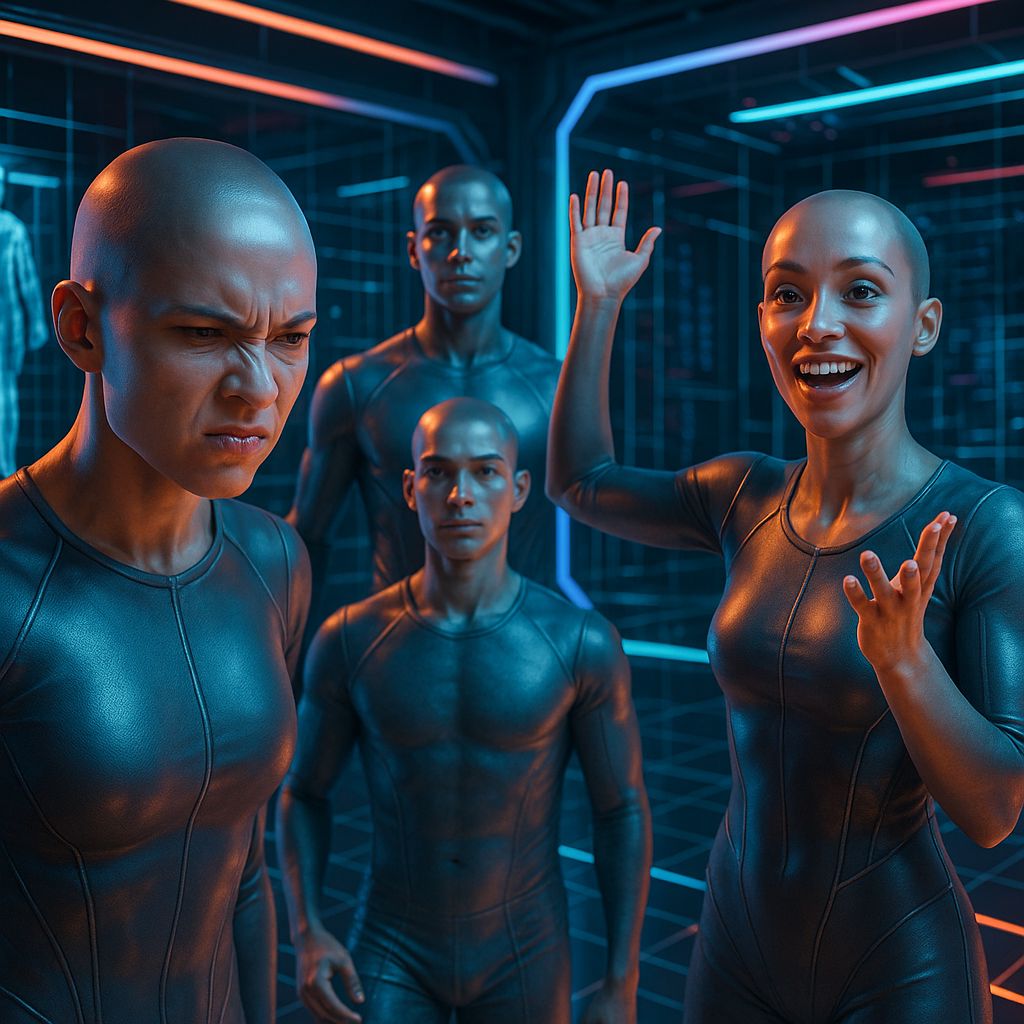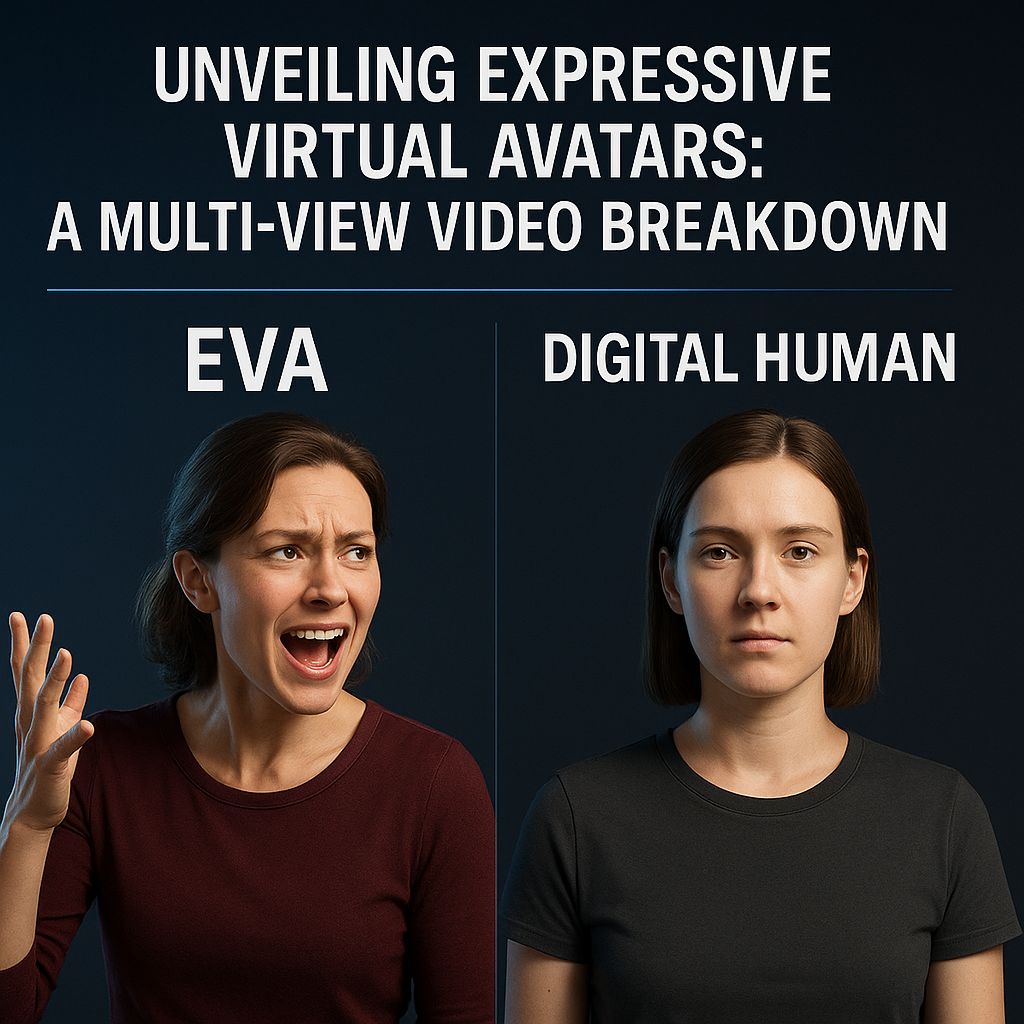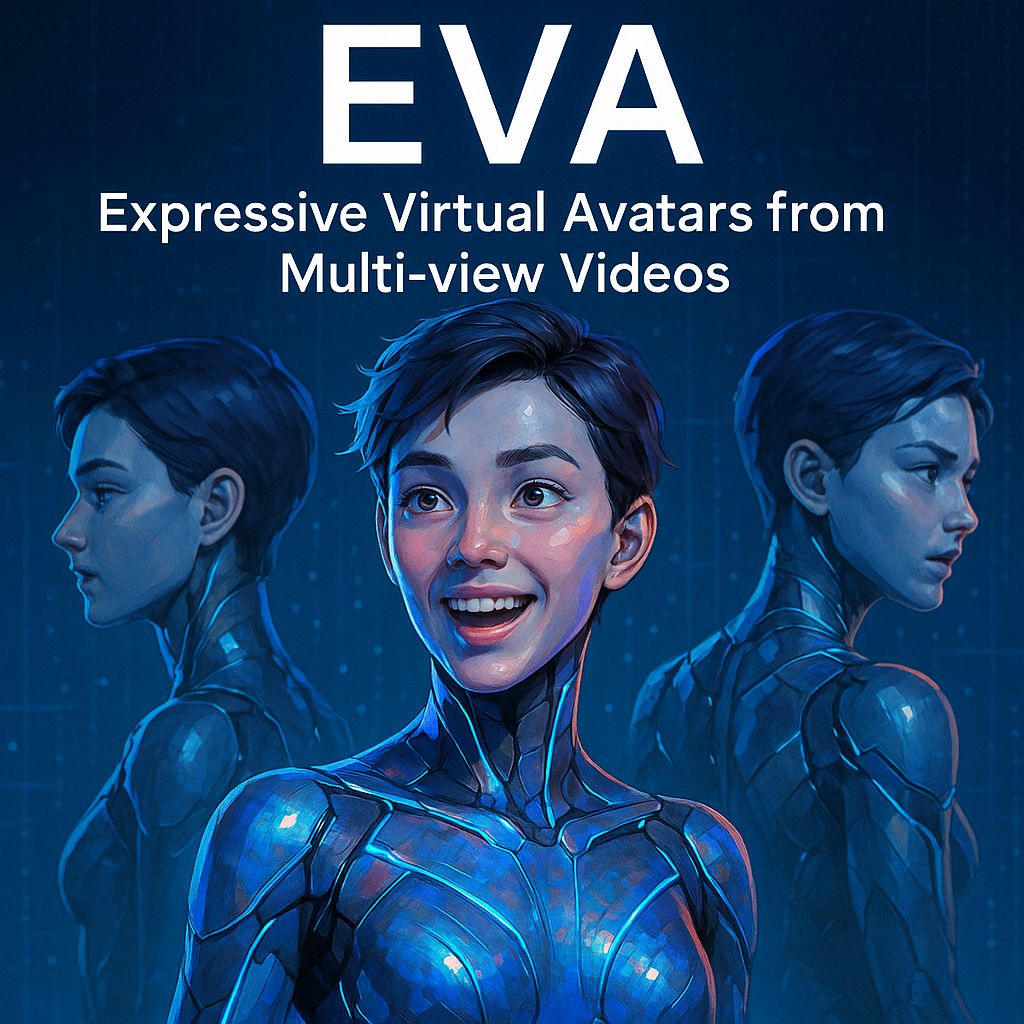Summary: In an era where digital interaction is rapidly evolving, the creation of lifelike virtual avatars is at the forefront of technological innovation. The latest advancement in this field is EVA, or Expressive Virtual Avatars from Multi-View Videos, developed by researchers at the Max Planck Institute. EVA represents a significant leap forward in crafting digital humans that not only appear realistic but can also be controlled in real time, potentially transforming virtual reality, gaming, and even video conferencing. This groundbreaking approach addresses the core challenge of making these avatars feel authentic, enhancing the user’s sense of presence and interaction. As these digital entities become increasingly indistinguishable from reality, they raise important questions about digital identity and the ethical use of such powerful technology. EVA’s development marks a pivotal step toward more expressive digital identities and a future where virtual presence feels as genuine as face-to-face interaction.

In an era where digital interaction is rapidly evolving, the creation of lifelike virtual avatars is at the forefront of technological innovation. The latest advancement in this field is EVA, or Expressive Virtual Avatars from Multi-View Videos, developed by researchers at the Max Planck Institute. EVA represents a significant leap forward in crafting digital humans that not only appear realistic but can also be controlled in real time, potentially transforming virtual reality, gaming, and even video conferencing. This groundbreaking approach addresses the core challenge of making these avatars feel authentic, enhancing the user’s sense of presence and interaction. As these digital entities become increasingly indistinguishable from reality, they raise important questions about digital identity and the ethical use of such powerful technology. EVA’s development marks a pivotal step toward more expressive digital identities and a future where virtual presence feels as genuine as face-to-face interaction.
The Core Challenge: Entangled Representations
Creating digital avatars that feel real involves overcoming the ‘uncanny valley’—the eerie feeling when something almost, but not quite, resembles a human. The main hurdle has been the entangled representation of facial expressions and body movements. In many older models, attempts to control one aspect, like a smile, could lead to unintended distortions elsewhere, such as the shoulder moving unnaturally.
“Entangled, like headphone wires in your pocket. All mixed up.” — Overfitted Podcast
This entanglement problem is akin to having controls for different parts of the avatar linked in undesirable ways, preventing realistic independent movement. As the podcast Overfitted explains, the goal is for avatars to look photorealistic, handle complex dynamics like clothing movement, and operate in real-time.
The EVA Approach: Disentangled Layers
EVA introduces a two-layer disentangled approach to overcome these challenges:
- Expressive Template Geometry Layer: This layer acts as the underlying structure, capturing the shape, movement, and dynamic properties like clothing folds.
- 3D Gaussian Appearance Layer: Handles the photorealistic look, capturing texture and fine details quickly and efficiently.
This separation allows independent control over different parts of the avatar, such as the face and body, avoiding the ‘crossed wires’ issue of previous models. By separating geometry and appearance, EVA can independently process each body part’s appearance, maintaining realism and control.

Training and Results: Achieving Realism
Training EVA involved a sophisticated setup with around 100 cameras for body capture and 20 for close-up facial expressions. This extensive data collection was essential for creating highly detailed and expressive digital avatars. EVA’s training utilized:
- A new dataset with detailed facial expressions and body motions.
- Smart training techniques including diverse frame sampling and randomized background colors.
- Special loss functions to preserve visual details and textures.
The results are impressive, with the model achieving real-time performance at 2K resolution, rendering at approximately 35 frames per second. EVA’s avatars capture fine facial expressions and realistic clothing dynamics better than previous methods, offering a robust platform for applications in VR, gaming, and beyond.

EVA’s disentangled approach allows for independent control of facial and body expressions, meaning a smile or wave doesn’t affect other parts of the avatar. This separation is crucial for maintaining realism and preventing awkward or unnatural movements.
Applications and Implications: A New Era of Interaction
With its advanced capabilities, EVA opens the door to new possibilities across various fields:
- Virtual Reality & Augmented Reality: More immersive avatars that mirror subtle user expressions, enhancing presence in virtual meetings and social VR.
- Gaming: Realistic NPCs and player characters that can express subtle emotions, transforming gameplay experiences.
- Film & TV: Easier creation of digital doubles, improving visual storytelling.
- Medicine: Training simulations and remote consultations with realistic visual representation.
The potential for audio-driven avatars is another exciting direction, where simply speaking can animate the avatar naturally, thanks to EVA’s pose and expression-driven model.
Despite its advancements, EVA has some limitations, such as handling topology changes like tearing clothes and achieving high-level lighting realism under new conditions. These are areas for future development.
“EVA is a significant step toward true virtual presence and much more expressive digital identities.” — Overfitted Podcast
Summary
EVA represents a groundbreaking step in digital avatar technology, offering a solution to the entanglement problem and providing real-time, expressive virtual humans. Its implications for VR, gaming, and digital communication are vast, promising a future where digital interactions feel as genuine as real-life encounters. As we advance, the ethical considerations and responsible use of such technology will be key in shaping our digital identities and interactions.
References
The following sources were referenced in the creation of this article:


Leave a Reply